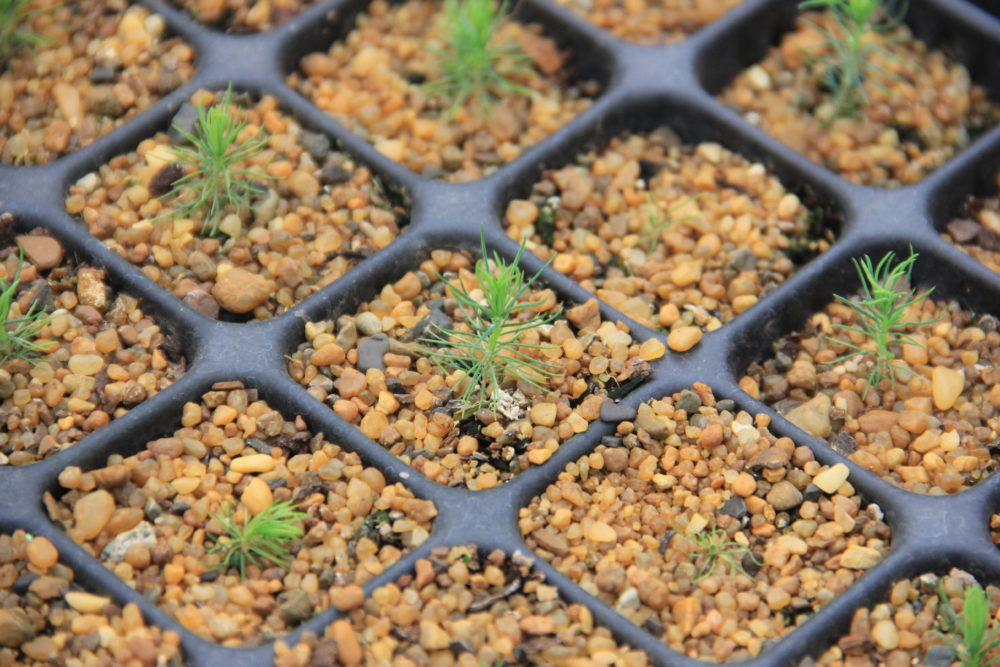Quality Throughout – Plant Quality Improvement
Working with the fittest
The desire to improve plants and animals in now very well developed. We see this in horticultural cultivars, food crops and in animals for increased yields, refining taste, disease resistance and many others. These gains are delivered by selection superior individuals and in some areas by genetic modification – but not in UK Forestry.
If we look at chicken production, genetic selection has reduced the breeding cycle from 40 weeks to 20 weeks with an increase in productivity , and has also improved disease resistance. In forestry though, the tree breeder has some disadvantages over agriculture due mainly to length of the crop cycle – often one year in agriculture but thirty plus years in forestry – so the gains come more slowly.
Fortunately, in the early 1960’s the Forestry Commission started work on improving Sitka spruce, our mainstay crop. 1700 plus trees were selected as a potential breeding population. The first open-pullunated Sitka spruce progeny tests were planted in 1967 with the objectives of ranking parent trees, for genetic quality relative to unimproved material.
To start with, only height and stem straightness assessments were carried out in the progeny tests. Wood density was introduced in around 1986, and then branching habit was assessed. In the last couple of years, through the Conifer Breeding Coop (of which Tilhill was a founding member), acoustic velocity is now being assesses. This measure gives an indication of timber stiffness (strength).
Tree breeding in Sitka has now moved on to studying the detail of the genomics of Sitka spruce. In 2017 a significant project was launched by researchers from the Universities of Oxford end Edinburgh and Forest Research. This project research has received significant funding from BBSRC (Biotechnology and Biological Sciences Research Council). It has also received support from the UK forest industry with a significant financial contribution from the BSW Group. Tim Liddon, Tilhill’s Director of forestry sits on the Impact Advisory Board and is looking forward to assisting in the project.
The overall goal is to develop genomic prediction (GP) methods for Sitka spruce and transfer these lessons to the forestry industry as a whole. GP can be used to predict important traits such as productivity, resistance to insect pests and tolerance of climate change. It could also shorten the process of effective selection of new Sitka strains down to just 11 years.
The aim is to develop a predictive genomics platform that will target improvements in timber yield and reduce the time from planting to harvest and develop Sitka’s resistance to emerging insect pests.
Tilhill Forestry is using it’s influence within the Conifer Breeding Co-op to broaden the scope to involve other productive Conifers. More information is being pulled together so that our foresters can make more informed decisions to get the right species in the right place to deliver our client’s objectives. This involves understanding where the best genetics for each species can be found. For example, sample plots are being established for Norway spruce from Swedish, Danish and German seed orchards, and also plots of Lutz Spruce.
The results of these trials will be eagerly awaited by the whole of the forestry industry.
Read, print or save the full PDF here



